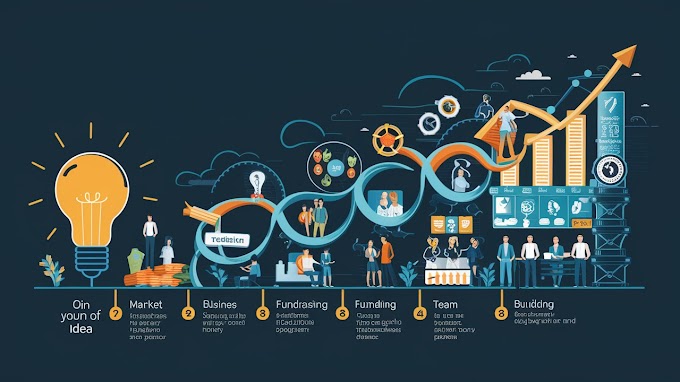Art and culture play a significant role in shaping societies and communities. They have the power to inspire, provoke, and ignite conversations that can transcend boundaries and connect people from different walks of life. In this blog post, we will delve into the fascinating intersection of arts and culture, and explore how they coexist and influence each other.
Arts, in its various forms, encompass visual arts, performing arts, literature, music, and more. It is a means of expression that allows individuals to communicate their thoughts, emotions, and experiences. Culture, on the other hand, refers to the shared beliefs, values, customs, and practices of a particular group or society. It is the fabric that binds people together and provides them with a sense of identity.
When arts and culture intersect, a beautiful synergy is created. Art reflects the culture it emerges from, serving as a mirror that reflects the beliefs, traditions, and perspectives of a community. It provides a platform for artists to explore and challenge societal norms, thereby contributing to cultural evolution. At the same time, culture provides the context and inspiration for artistic creation. It shapes the themes, narratives, and aesthetics that artists draw upon in their work.
One of the most powerful aspects of arts and culture is their ability to foster understanding and empathy. They have the potential to bridge gaps, break down stereotypes, and create spaces for dialogue and exchange. Through art, we can gain insights into diverse cultures and histories, deepening our appreciation for the richness and diversity of the world we live in.
Arts and culture also have a significant economic impact. They drive tourism, contribute to job creation, and stimulate local economies. Festivals, museums, theaters, and galleries attract visitors from near and far, generating revenue and supporting local businesses. Moreover, the creative industries, including film, music, fashion, and design, are major contributors to national economies.
In recent years, there has been a growing recognition of the importance of incorporating arts and culture into educational curricula. They enhance critical thinking, creativity, and problem-solving skills, nurturing well-rounded individuals. By exposing students to different artistic forms and cultural experiences, we can foster a more inclusive and tolerant society.
As individuals, we can also actively engage with arts and culture. Attending exhibitions, performances, and cultural events allows us to immerse ourselves in different worlds, expanding our horizons and broadening our perspectives. Reading literature, listening to music, and exploring other artistic mediums can be a source of personal growth and self-reflection.
In conclusion, the intersection of arts and culture is a rich and dynamic space where creativity, expression, and human connection thrive. It is a realm where boundaries are blurred, and new possibilities emerge. By embracing and celebrating arts and culture, we can collectively cultivate a more vibrant and harmonious world.
So, let us embrace the arts, celebrate diversity, and embark on a journey of exploration through the captivating realm of culture.




